Welcome to Sarajevo: transforming the Historical Museum in Venice
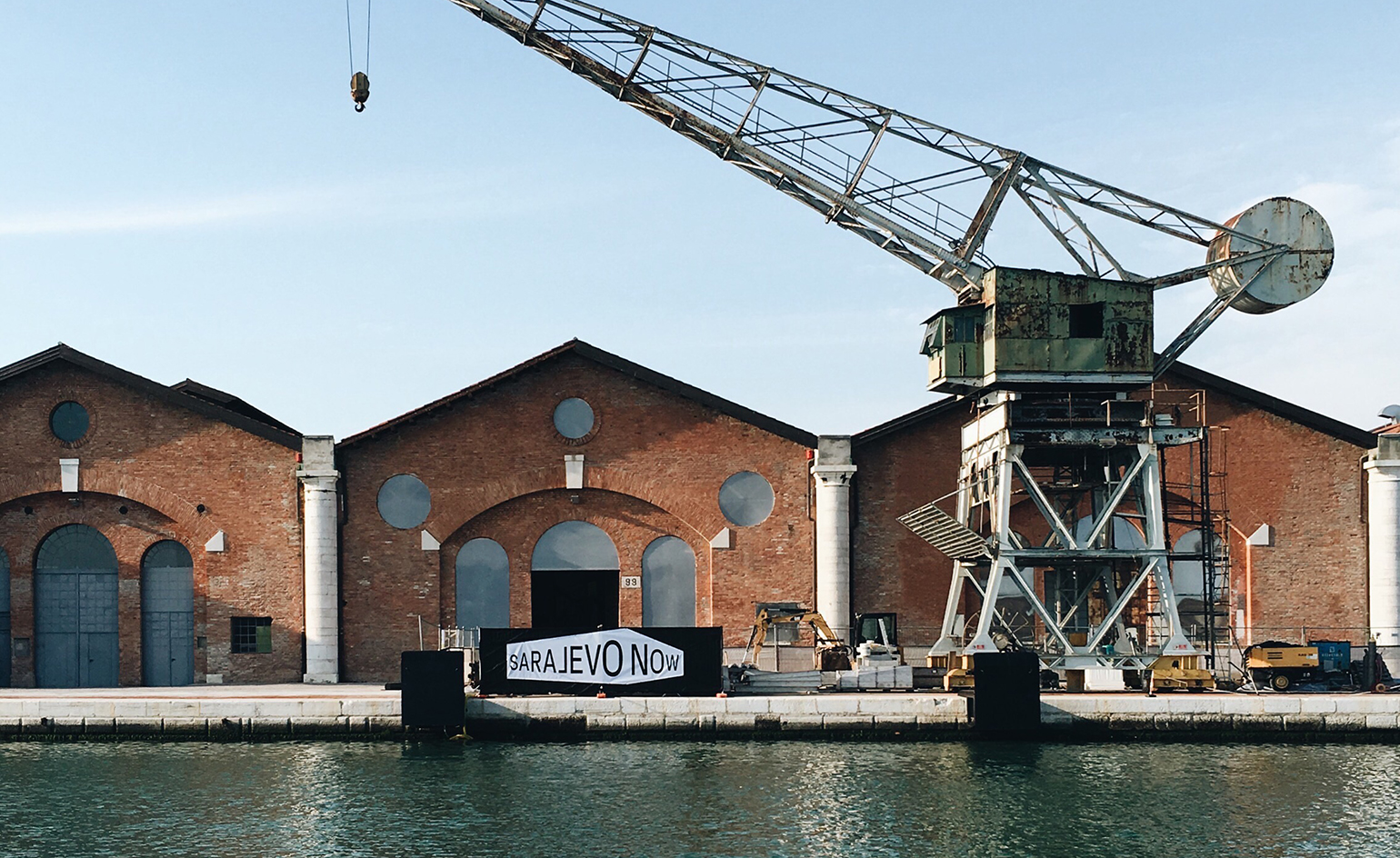
The all-too-recent wounds from war and destruction have left the city of Sarajevo with several issues – political, but also urban and architectural ones. A new exhibition in Venice, entitled 'Sarajevo Now: The People’s Museum' and launched at the 2016 Architecture Biennale, takes its cue from the Historical Museum of Bosnia and Herzegovina and how it 'epitomises this phenomenon,' while trying to help the city to turn a corner from its traumatic past.
Conceived by Zurich-based architects Baier Bischofberger – headed by Florian Baier and Nina Baier-Bischofberger - and Alfredo Brillembourg and Hubert Klumpner from Urban-Think Tank (U-TT), the show, an official biennale collateral participation that was created in partnership with the museum, has a fairly straightforward premise.
'The Urban-Think Tank identified the Historical Museum of Bosnia and Herzegovina as an "agent of change" for Sarajevo last year with their "Reactivate Sarajevo" initiative,' explains Baier-Bischofberger. 'As with other cities in crisis where the group had pursued projects, such as Athens, they investigated Sarajevo to identify sites for intervention that would have a broader catalytic impact. The museum immediately identified itself as such a place.'
The building, inaugurated in 1963 and designed to embody the socialist dreams of its era and region, fell into serious disrepair and neglect post the war. Now, a series of actions endeavour to 're-activate' it, raising awareness and creating a proposal to transform it into a power of positive social change for the city. 'It has been kept open and operating by its staff – many volunteers – and the people of Sarajevo, despite an ongoing political conflict that meant the government refused to provide funds or support,' continue the architects. 'Although the physical structure is deteriorating, as an institution it has become a vital civic space of dialogue, culture and education.'
The design presented in this show sees the building wrapped in a transparent vinyl skin that leaves the modernist building’s patina and damage unaltered, while creating a strong juxtaposition between old and new. 'The project attracted Florian and me as an exploration of how architecture can impact and improve the lives of the people of a city,' says Baier-Bischofberger. 'In this case, how a cultural institution can be a force for change and reinvigoration in a city still suffering after a war. The project has the potential to be an example for many other cultural institutions worldwide that are going to need new strategies of reactivation after conflicts have ended.'
At the same time, this protection, suspended from scaffolding, seals off the site, sheltering it from heat and rain. This will buy the museum time, explains the team, allowing it to continue to be a public space and staging point for interventions.
Presenting the museum as a force for urban regeneration, the exhibition includes architectural work, photography and film, as well as a retrospective of the Urban-Think Tank’s research projects from all over the world. Having travelled to Zurich and Munich, the displays will remain in Venice until the end of the month, before it goes to Sarajevo.
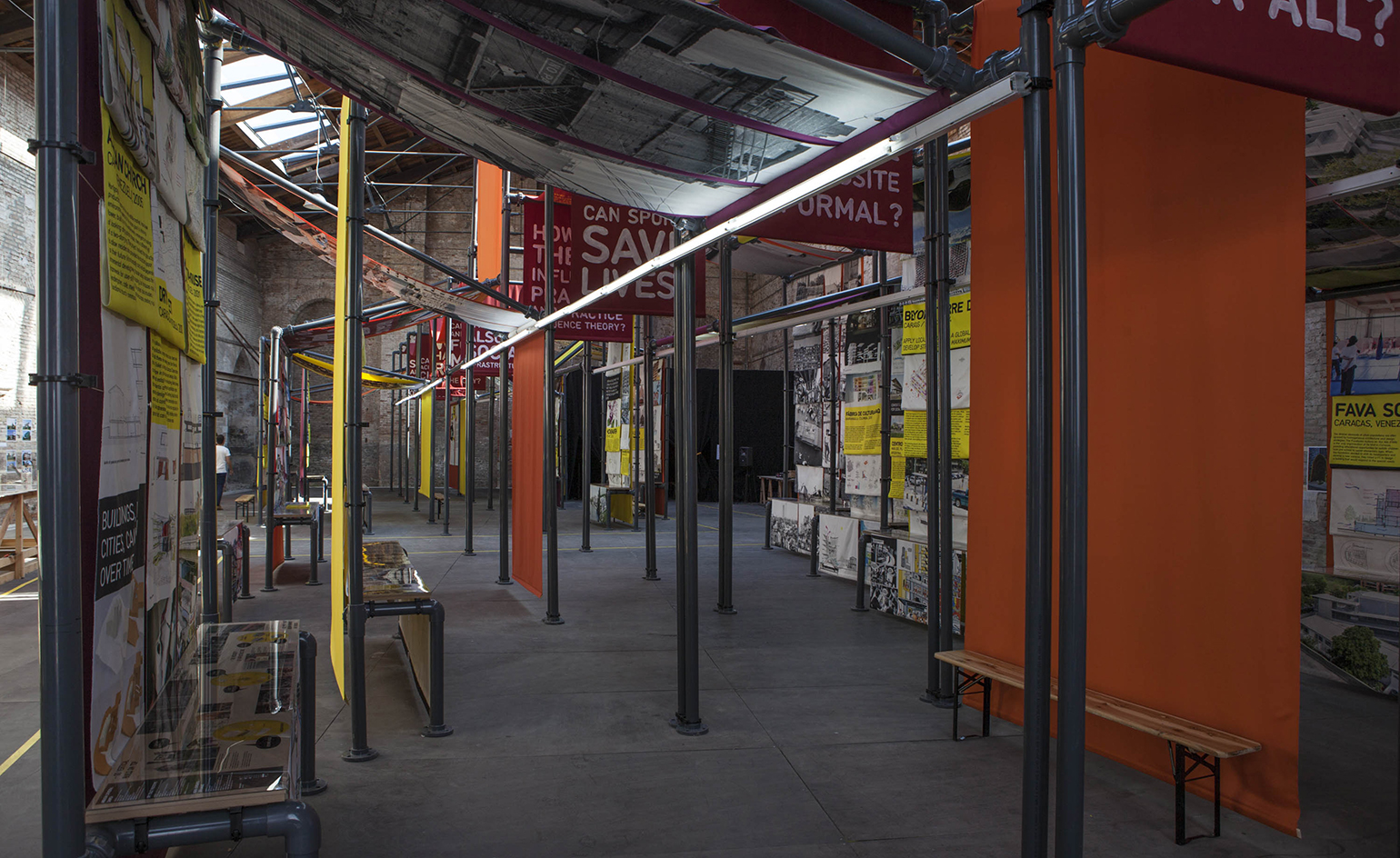
The exhibition, entitled 'Sarajevo Now: The People's Museum,' revolves around the architects' proposal for the revival of the building, aiming for it to act as an instigator of social change for the city.
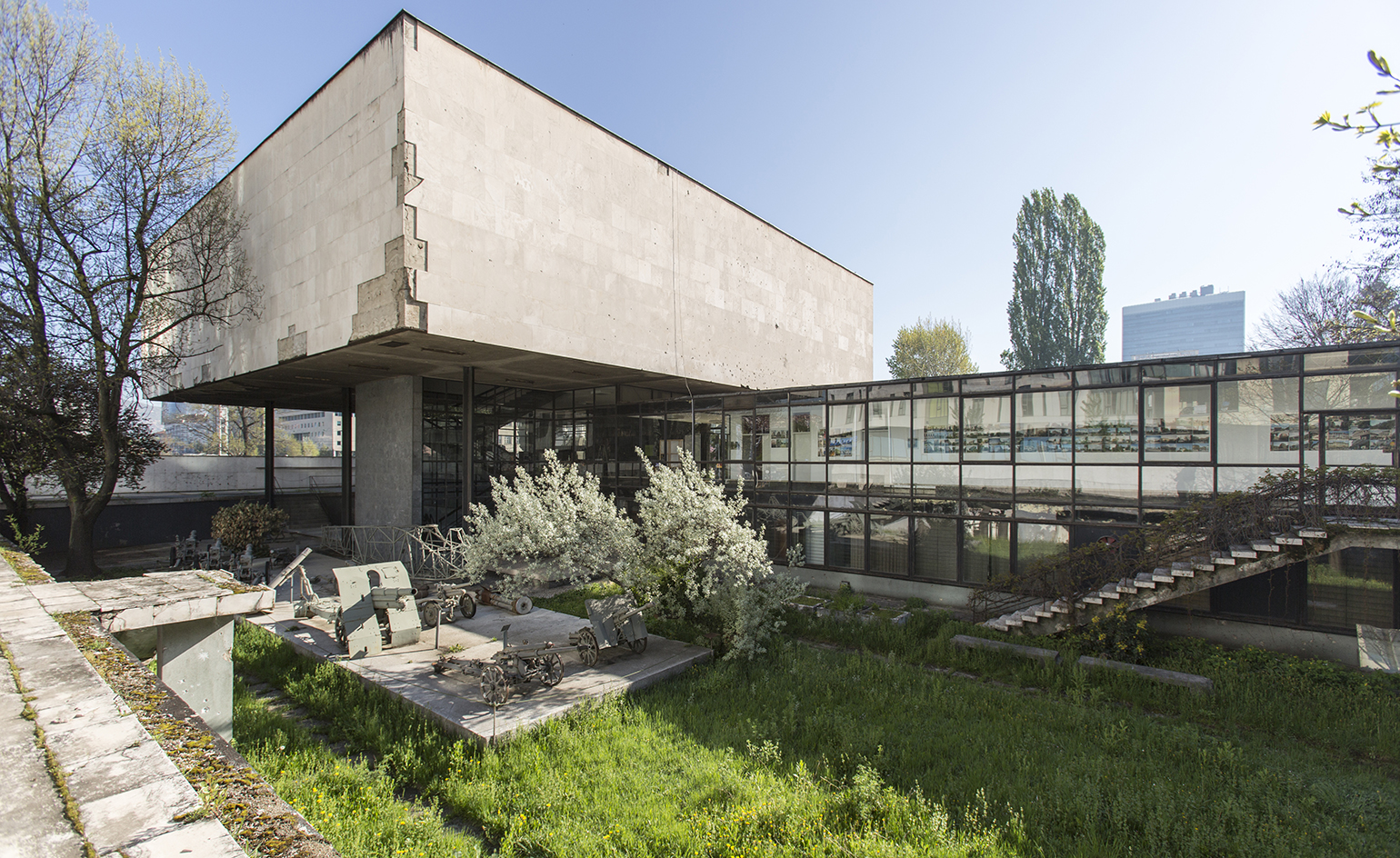
The museum, currently neglected and damaged by the war – effectively, a ruin – once embodied the era's socialist dreams.
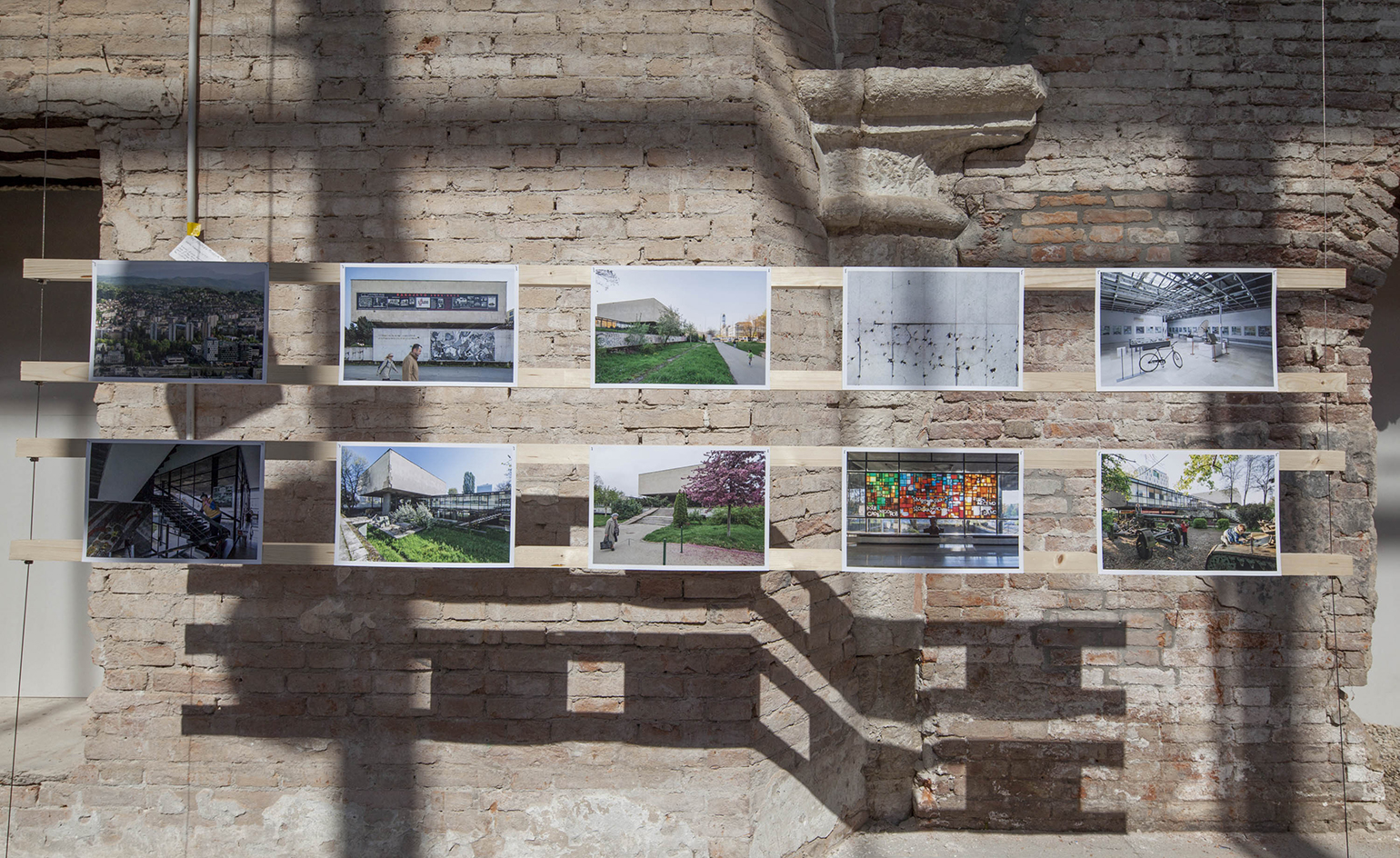
The Venice display, which travelled there from Zurich and Munich where it was previously shown, was created in partnership with the Historical Museum of Bosnia and Herzegovina.
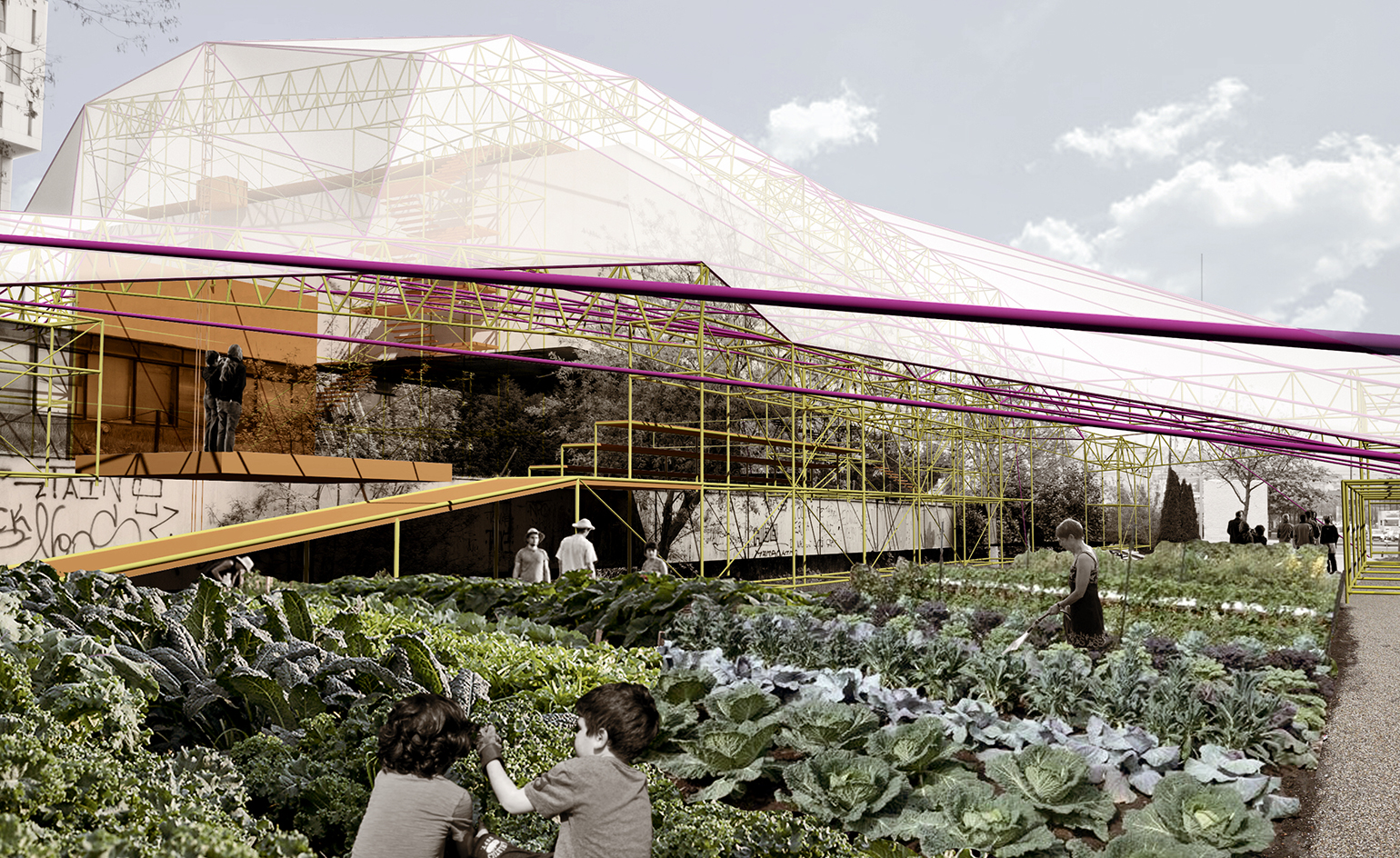
In the Baier Bischofberger proposal, the museum is wrapped in a transparent vinyl skin, which protects the old structure, leaving it unharmed. Image courtesy of BBA/U-TT
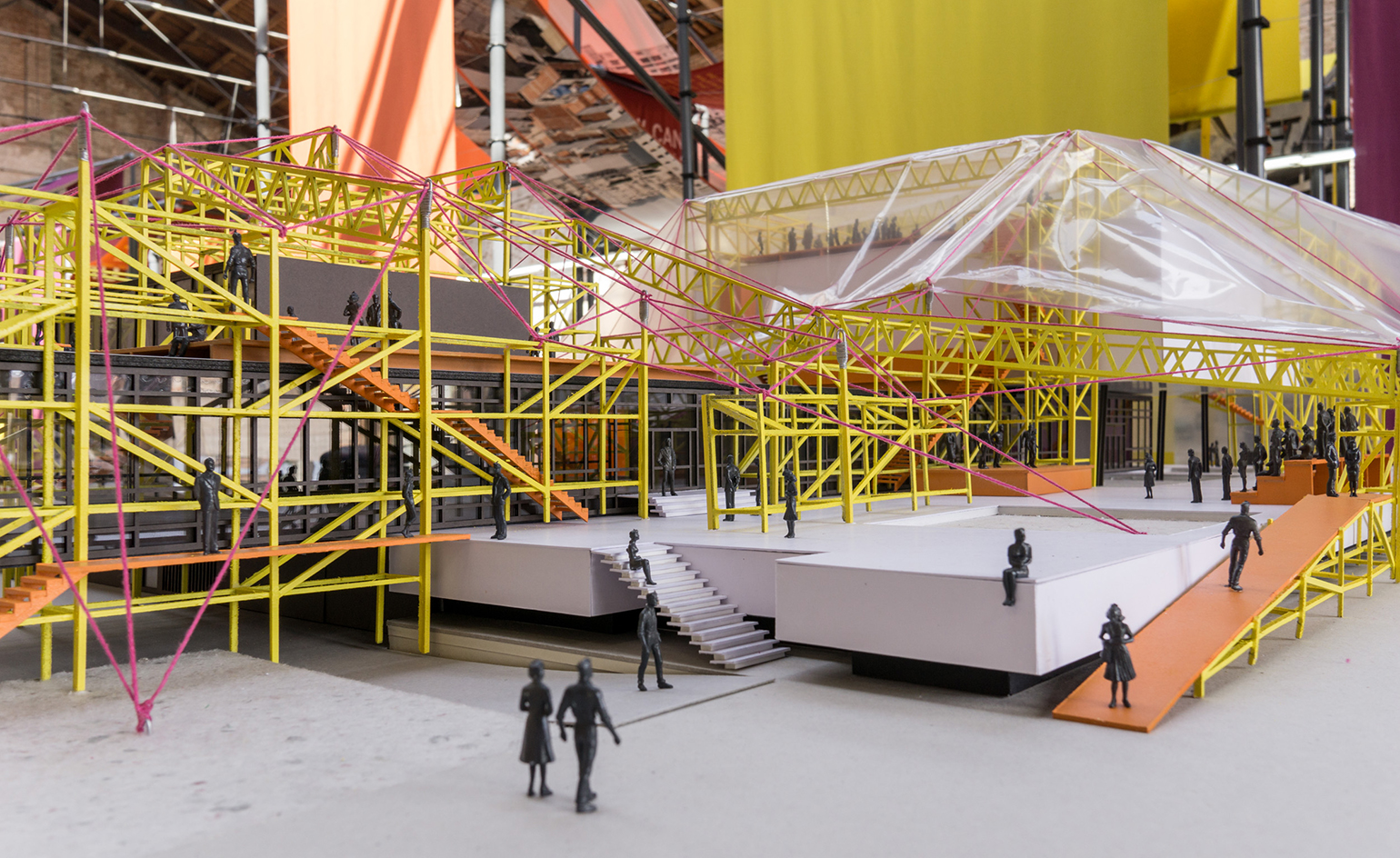
At the same time, this gesture creates a strong juxtaposition between old and new.
INFORMATION
‘Sarajevo Now: The People’s Museum’ is on show in Venice until 30 June. For more information visit Baier Bischofberger’s website and Urban-Think Tank’s website
ADDRESS
Arsenale Nord, Tesa 99
Venice
Italy
Receive our daily digest of inspiration, escapism and design stories from around the world direct to your inbox.
Ellie Stathaki is the Architecture & Environment Director at Wallpaper*. She trained as an architect at the Aristotle University of Thessaloniki in Greece and studied architectural history at the Bartlett in London. Now an established journalist, she has been a member of the Wallpaper* team since 2006, visiting buildings across the globe and interviewing leading architects such as Tadao Ando and Rem Koolhaas. Ellie has also taken part in judging panels, moderated events, curated shows and contributed in books, such as The Contemporary House (Thames & Hudson, 2018), Glenn Sestig Architecture Diary (2020) and House London (2022).
-
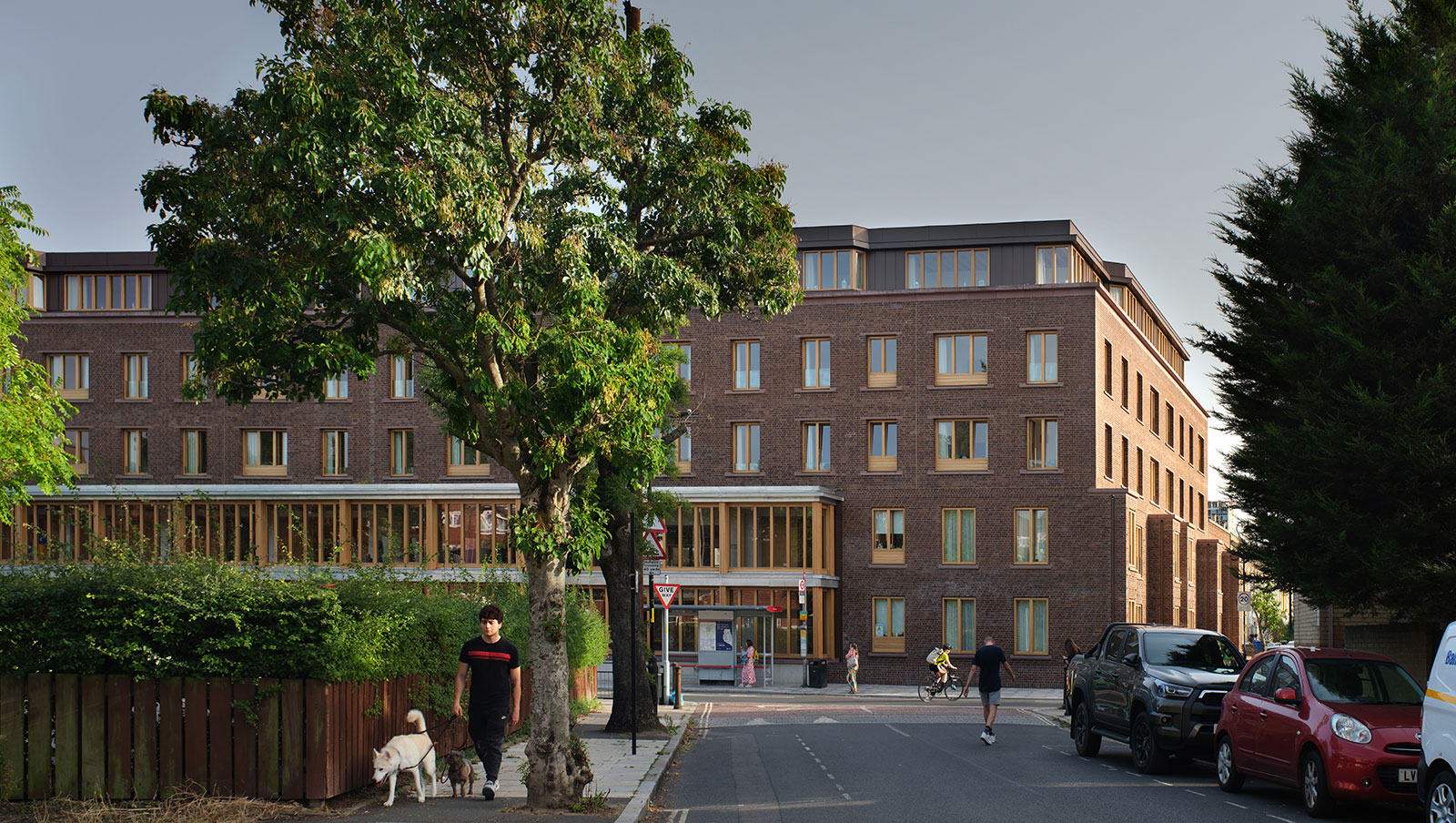 RIBA Stirling Prize 2025 winner is ‘a radical reimagining of later living’
RIBA Stirling Prize 2025 winner is ‘a radical reimagining of later living’Appleby Blue Almshouse wins the RIBA Stirling Prize 2025, crowning the social housing complex for over-65s by Witherford Watson Mann Architects, the best building of the year
-
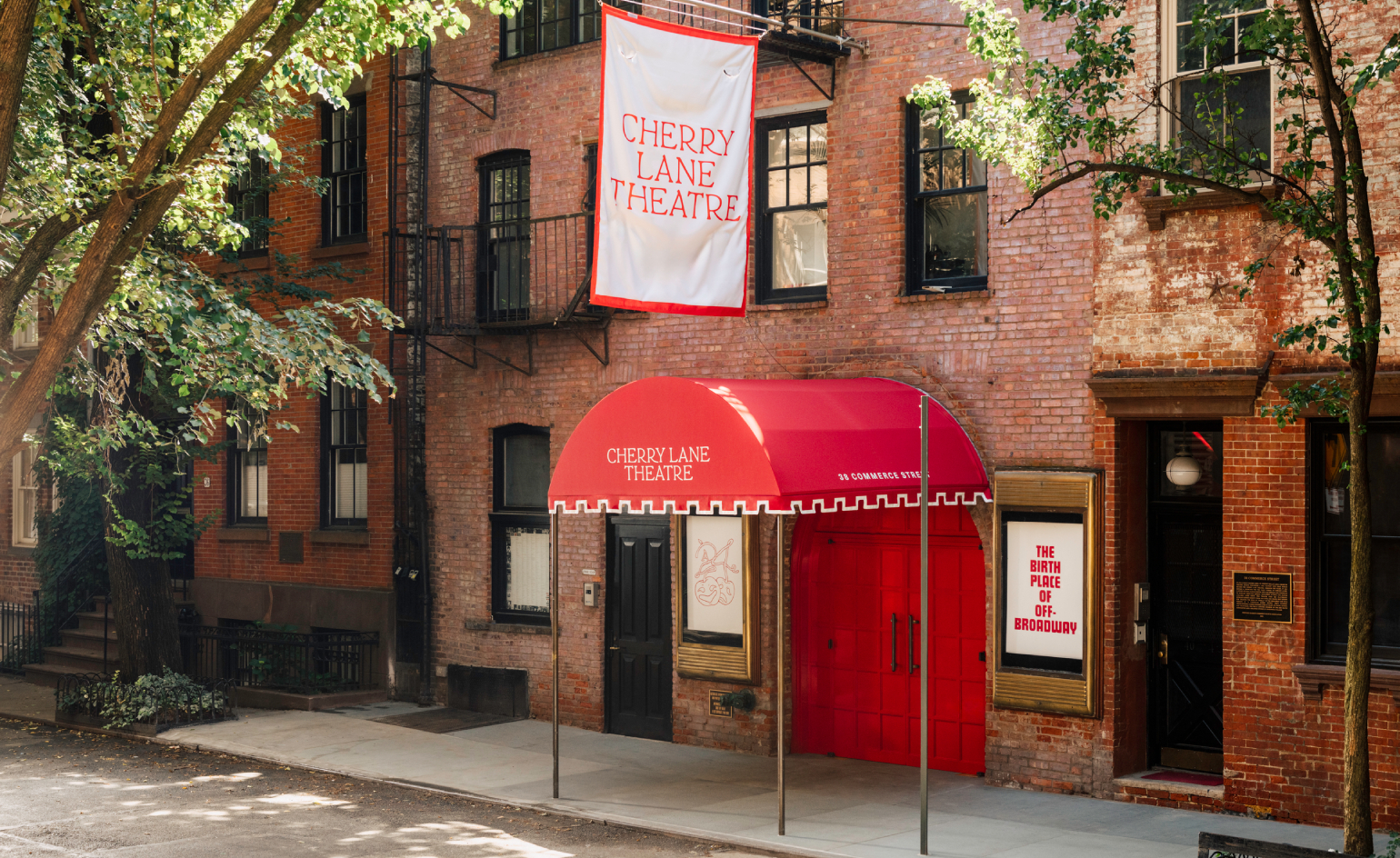 A24 just opened a restaurant in New York, and no one knows it exists
A24 just opened a restaurant in New York, and no one knows it existsHidden in the West Village, Wild Cherry pairs a moody, arthouse sensibility with a supper-style menu devised by the team behind Frenchette
-
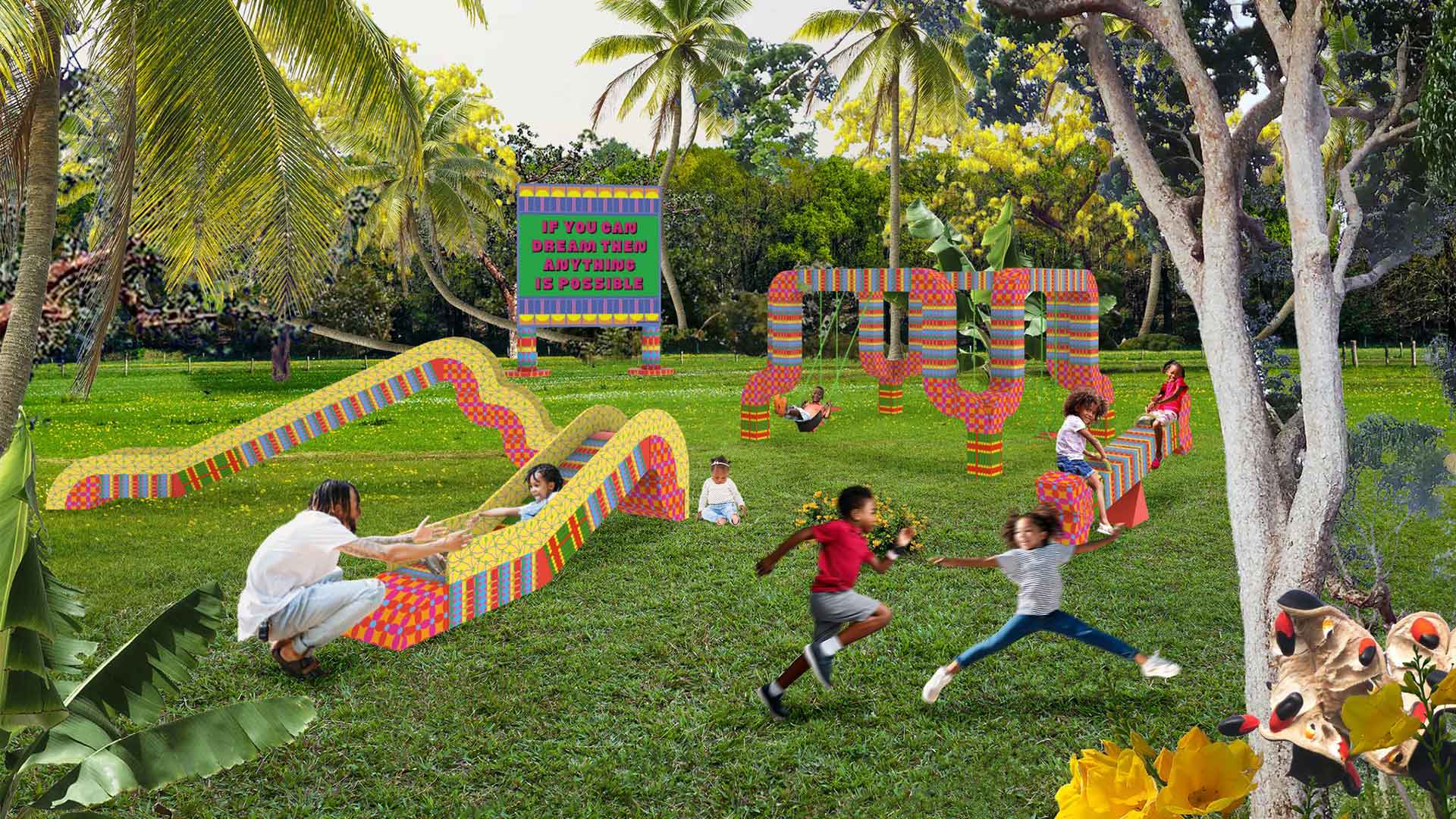 Yinka Ilori’s new foundation is dedicated to play and joy: ‘Play gave me freedom to dream’
Yinka Ilori’s new foundation is dedicated to play and joy: ‘Play gave me freedom to dream’Today, artist and designer Yinka Ilori announced the launch of a non-profit organisation that debuts with a playscape in Nigeria
-
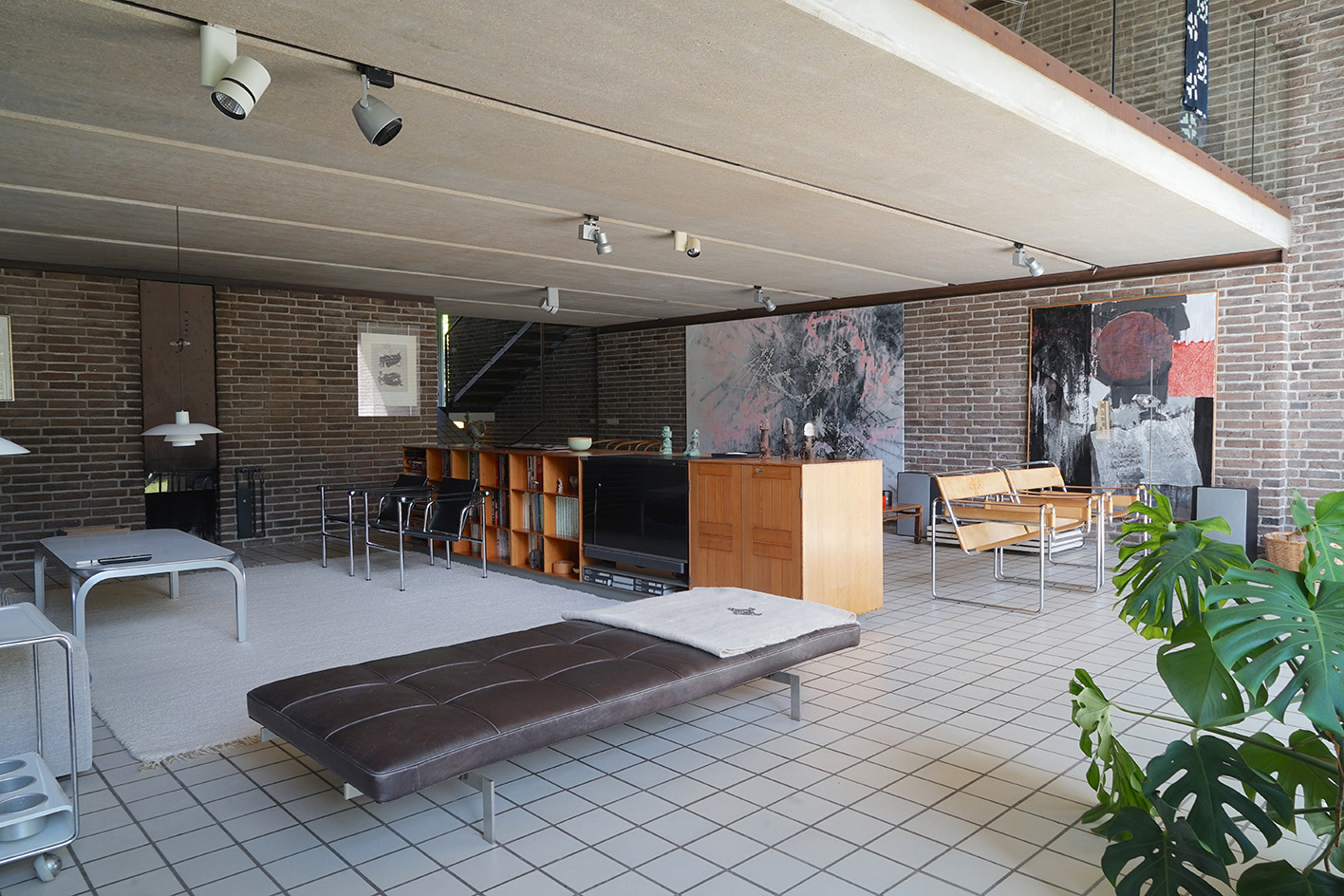 Three lesser-known Danish modernist houses track the country’s 20th-century architecture
Three lesser-known Danish modernist houses track the country’s 20th-century architectureWe visit three Danish modernist houses with writer, curator and architecture historian Adam Štěch, a delve into lower-profile examples of the country’s rich 20th-century legacy
-
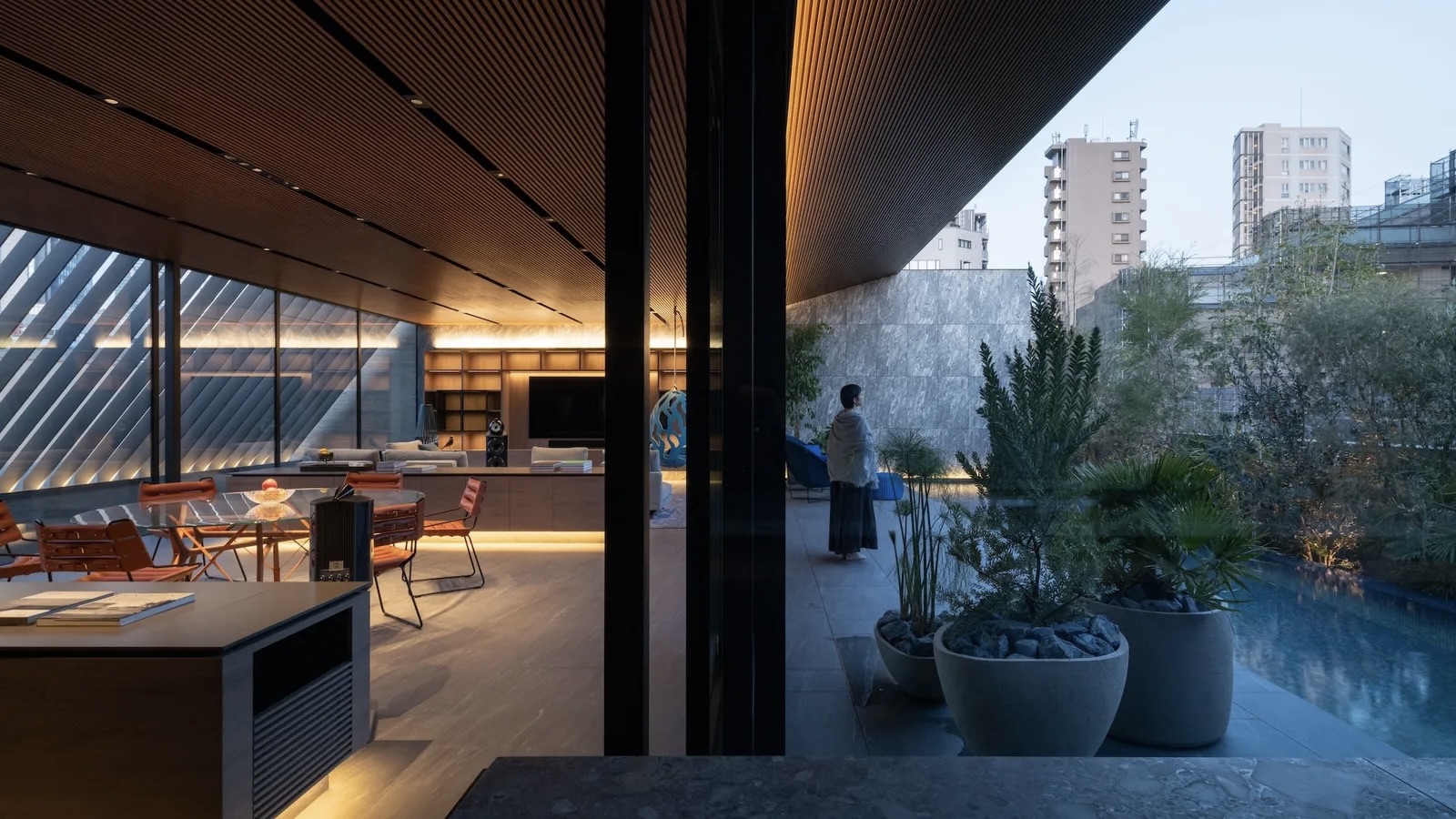 The Architecture Edit: Wallpaper’s houses of the month
The Architecture Edit: Wallpaper’s houses of the monthThis September, Wallpaper highlighted a striking mix of architecture – from iconic modernist homes newly up for sale to the dramatic transformation of a crumbling Scottish cottage. These are the projects that caught our eye
-
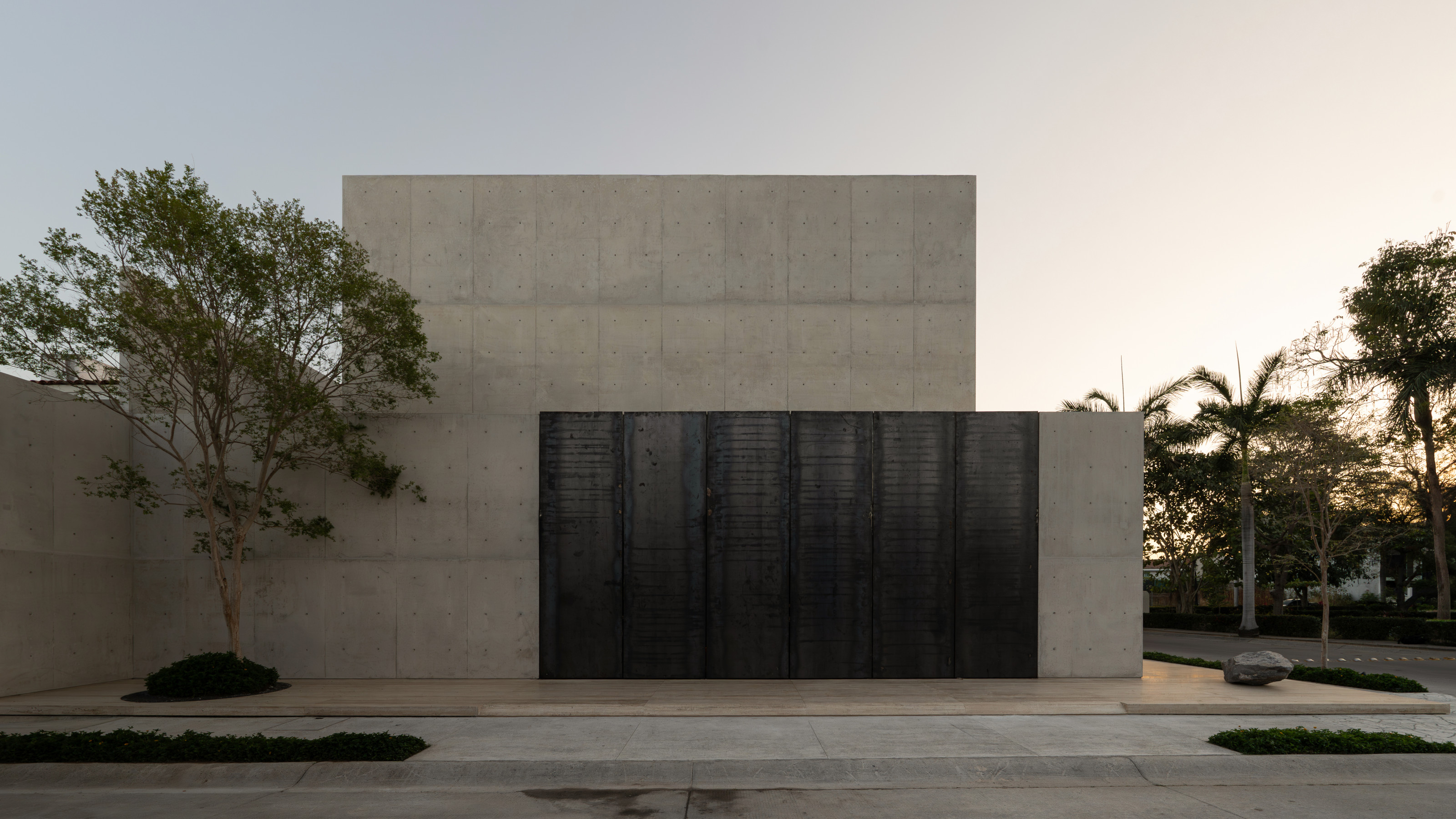 A beautifully crafted concrete family house in a Mexican suburb is a contemplative oasis
A beautifully crafted concrete family house in a Mexican suburb is a contemplative oasisHW Studio have shaped a private house from raw concrete, eschewing Brutalist forms in favour of soft light, enclosed spaces and delicate geometries
-
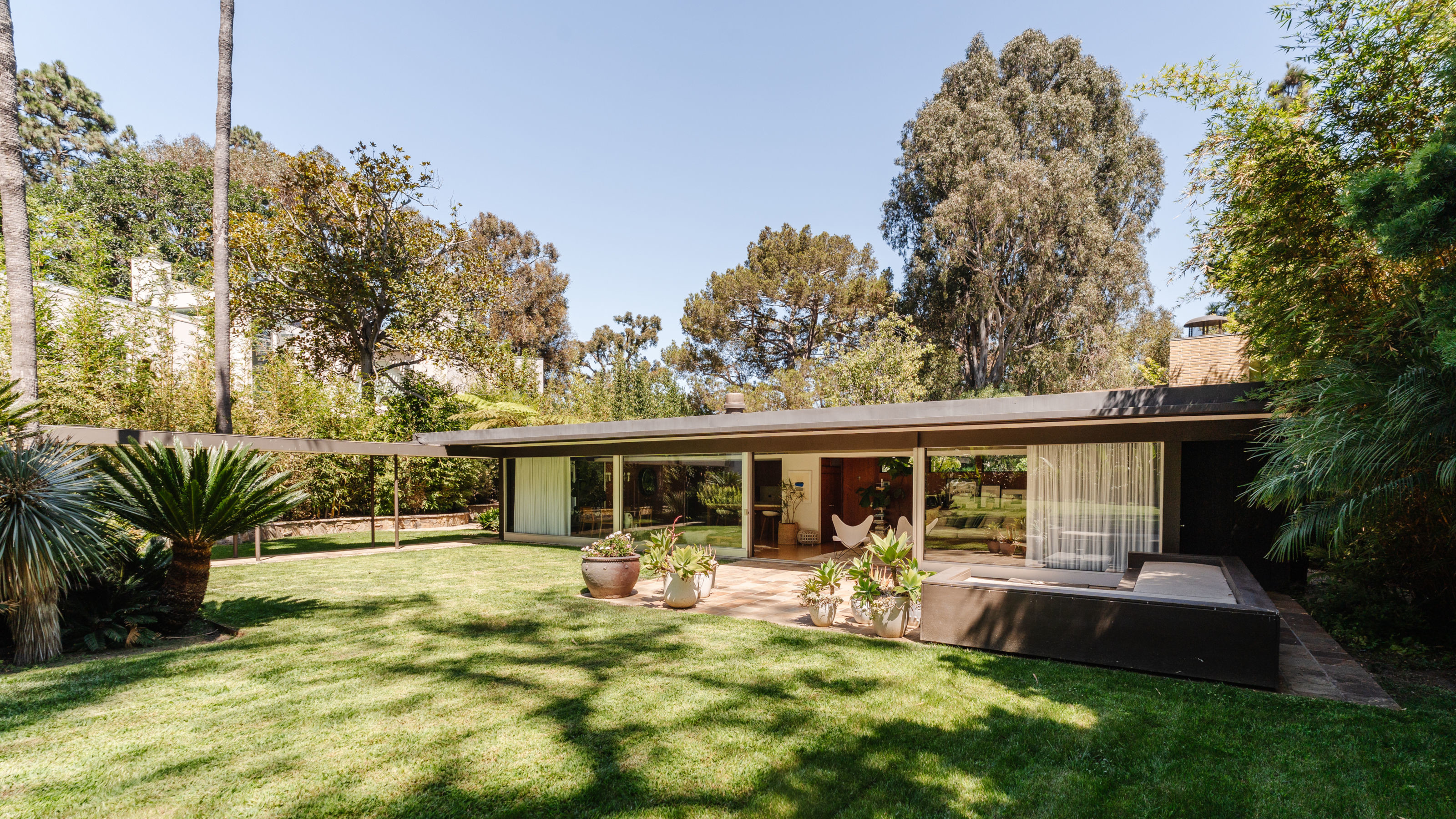 Richard Neutra's Case Study House #20, an icon of Californian modernism, is for sale
Richard Neutra's Case Study House #20, an icon of Californian modernism, is for salePerched high up in the Pacific Palisades, a 1948 house designed by Richard Neutra for Dr Bailey is back on the market
-
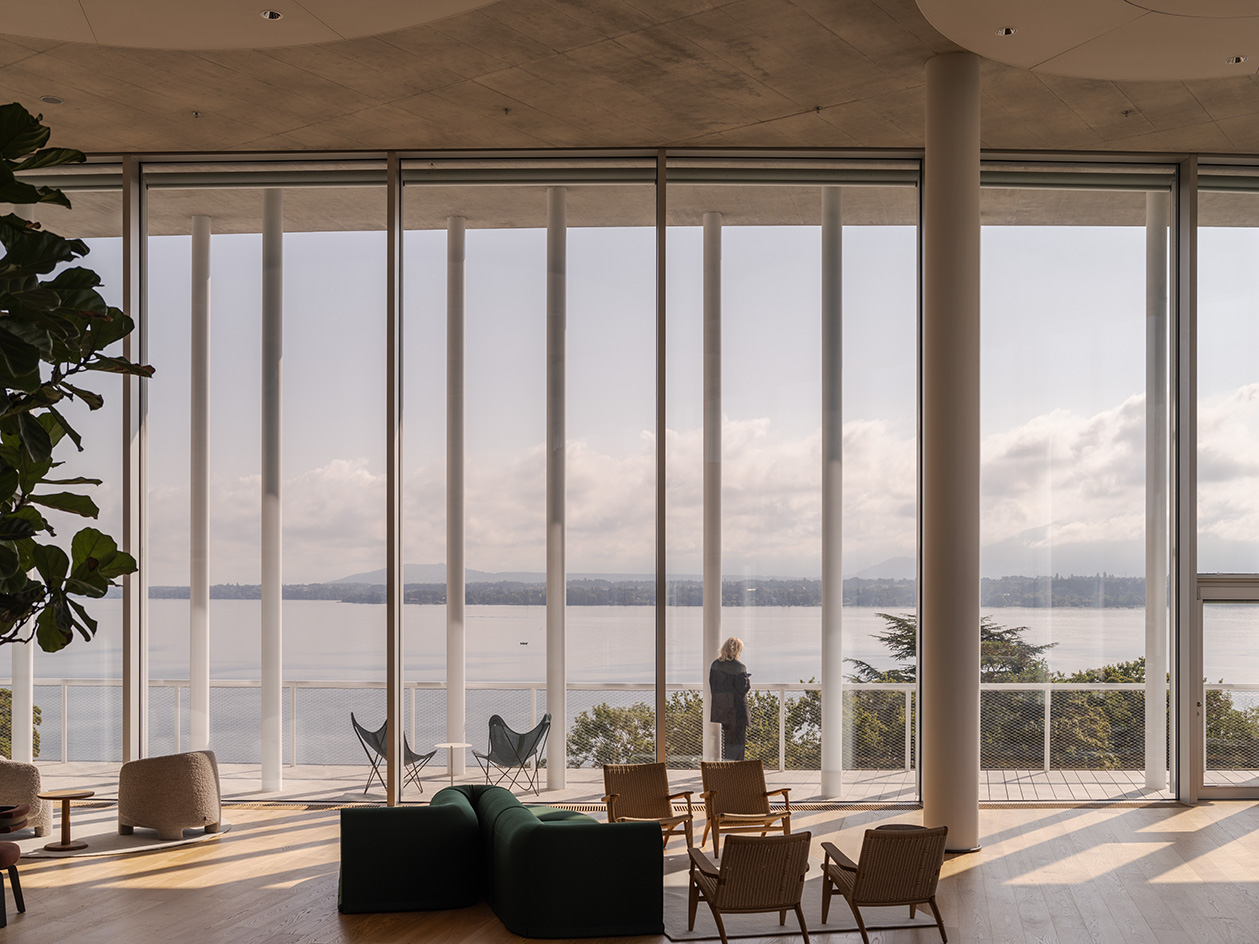 A building kind of like a ‘mille-feuille’: inside Herzog & de Meuron’s home for Lombard Odier
A building kind of like a ‘mille-feuille’: inside Herzog & de Meuron’s home for Lombard OdierWe toured ‘One Roof’ by Herzog & de Meuron, exploring the Swiss studio’s bright, sustainable and carefully layered workspace design; welcome to private bank Lombard Odier’s new headquarters
-
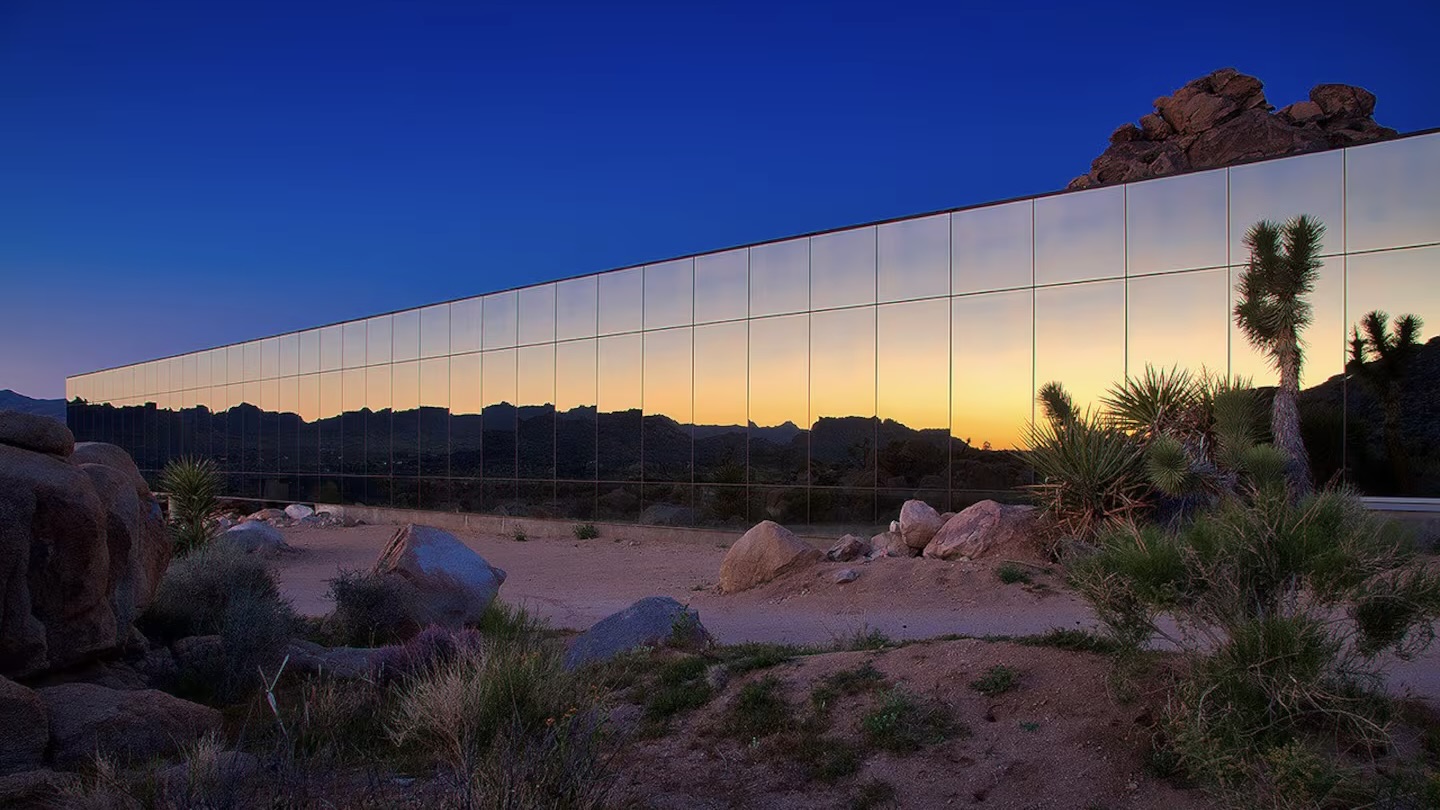 The best of California desert architecture, from midcentury gems to mirrored dwellings
The best of California desert architecture, from midcentury gems to mirrored dwellingsWhile architecture has long employed strategies to cool buildings in arid environments, California desert architecture developed its own distinct identity –giving rise, notably, to a wave of iconic midcentury designs
-
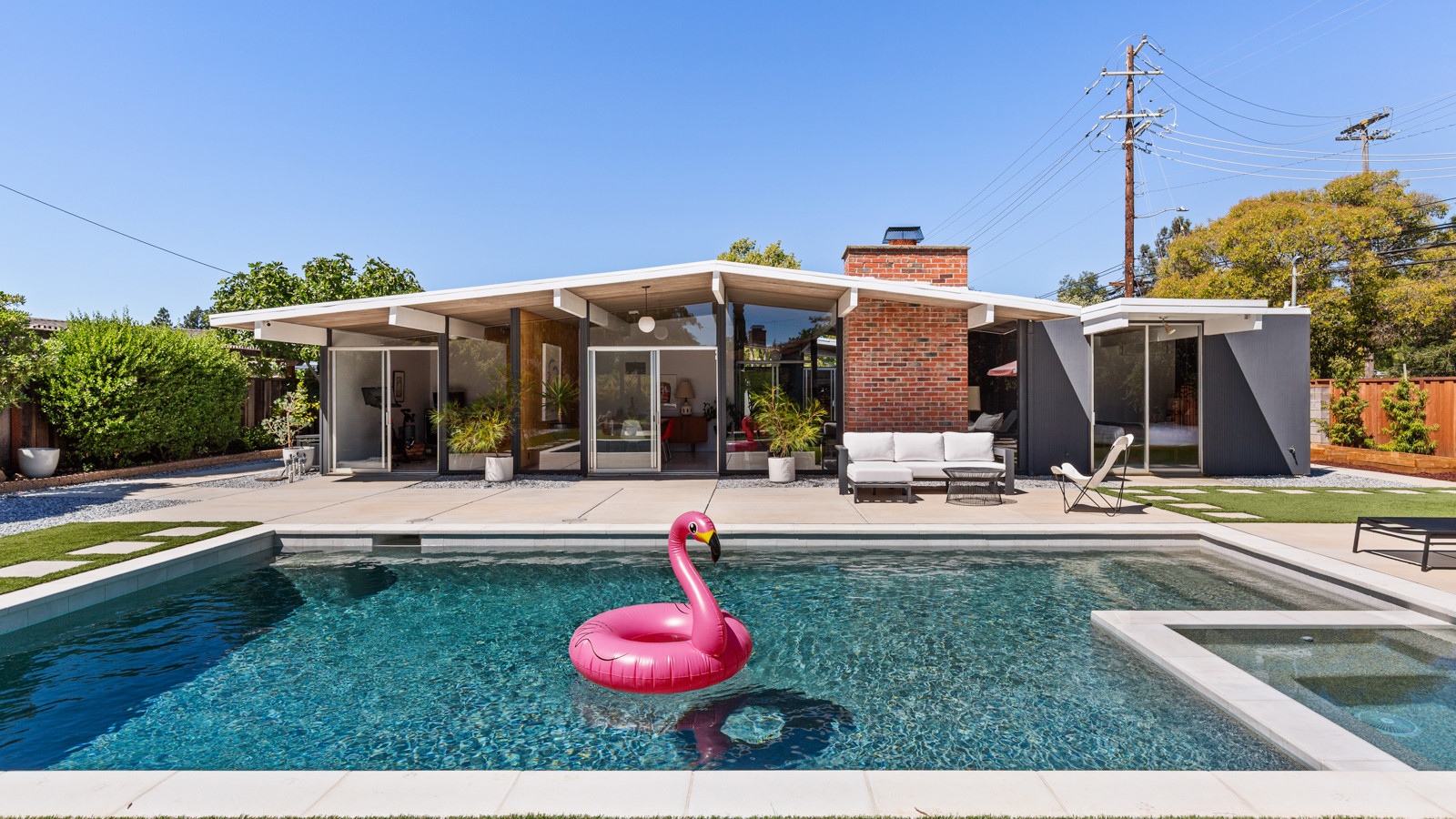 A restored Eichler home is a peerless piece of West Coast midcentury modernism
A restored Eichler home is a peerless piece of West Coast midcentury modernismWe explore an Eichler home, and Californian developer Joseph Eichler’s legacy of design, as a fine example of his progressive house-building programme hits the market
-
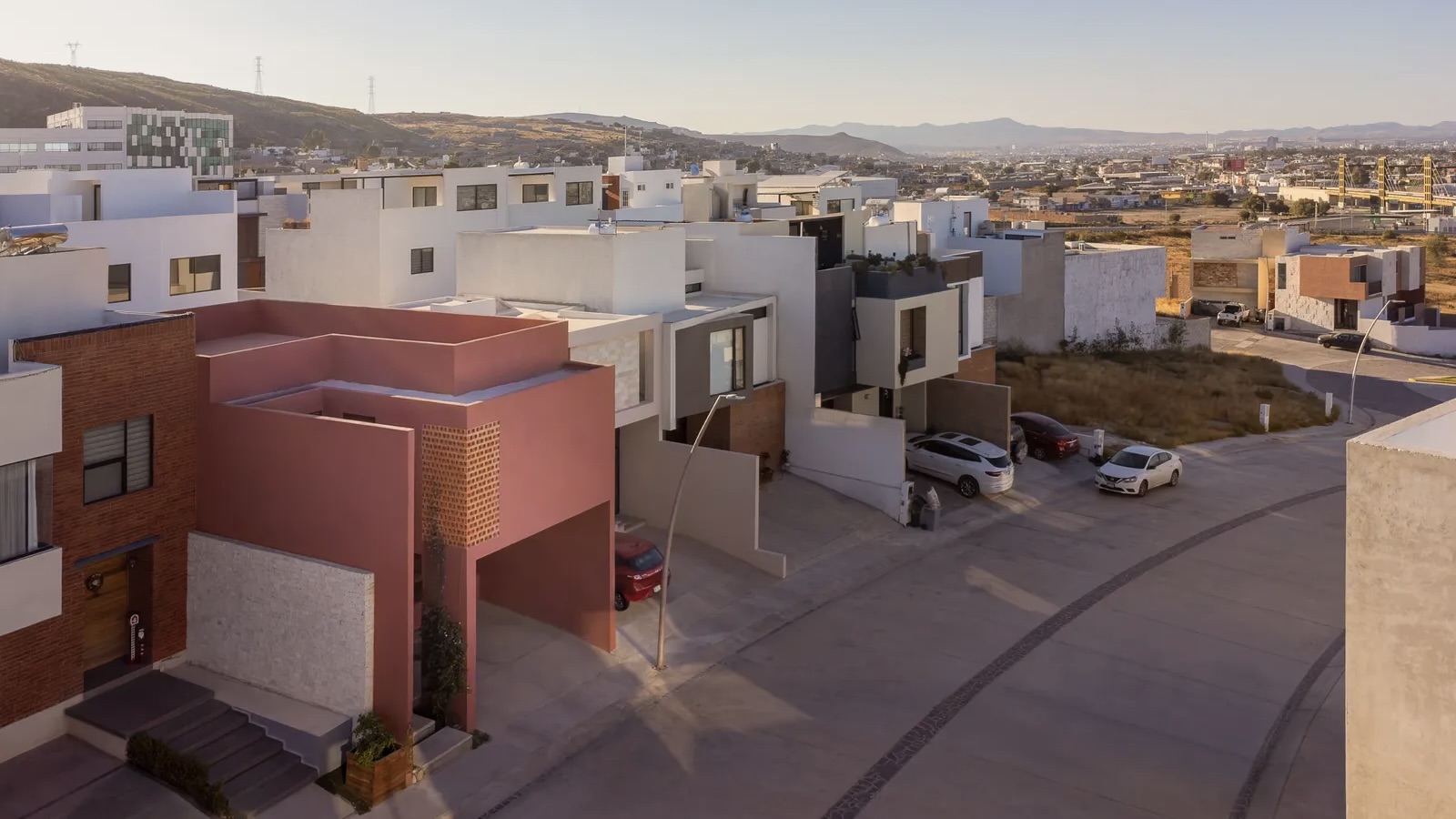 The Architecture Edit: Wallpaper’s houses of the month
The Architecture Edit: Wallpaper’s houses of the monthWallpaper* has spotlighted an array of remarkable architecture in the past month – from a pink desert home to structures that appears to float above the ground. These are the houses and buildings that most captured our attention in August 2025